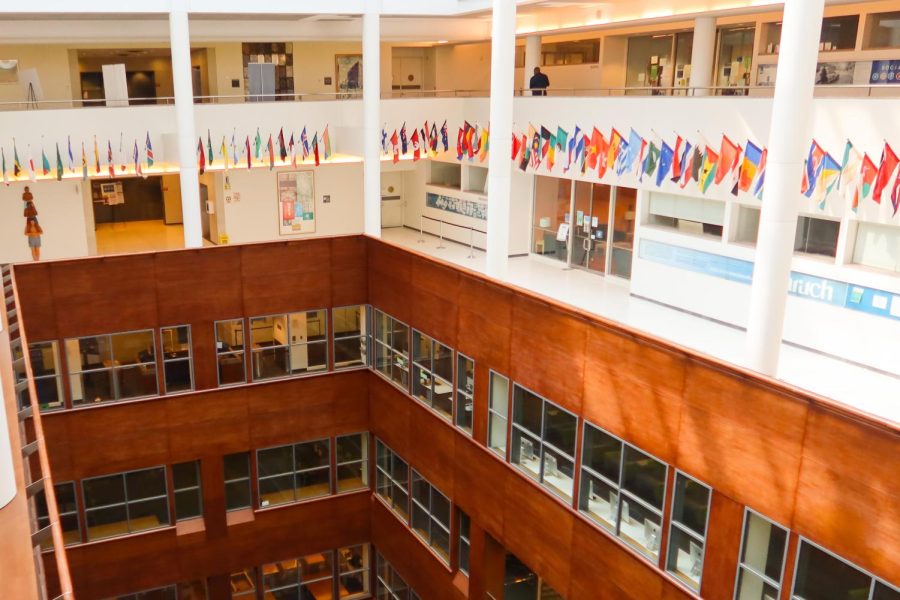Strategic planning enters final phase of process
May 8, 2023
Baruch College launched a major strategic effort plan for years 2023 through 2028 in spring 2022. Every five years, institutional strategic plans are developed to ensure that Baruch’s facilities provide students with a high-quality academic education.
Differentiation and engagement are the current blueprint framing concepts. The committee states Baruch must be an inclusive environment that makes education accessible to all to differentiate the institution from others.
Engagement, the second concept, relates to the idea of collective thinking and how Baruch should act in the best interests of the community, which includes students, families, faculty, staff, alumni, donors, employers and business and community leaders.
The plan consisted of four phases from preparing and designing the plan, to data gathering and analysis, then to developing the plan from the information accumulated. The three phases were completed in February 2023.
The plan entered its final phase, “Share and Implement” in March 2023, and is set to end sometime in May. The strategic planning committee hosted feedback sessions with stakeholders and a campus-wide survey to gauge the responses of the student population.
Linda Essig, the Provost and SVP Committee Co-Chair, led the committee to gather thoughts from the Baruch community. Essig sent the student population an email inviting students to report their input from April 17 through April 24.
The email with the subject line, “Co-Creating Our Strategic Plan: Inviting Your Input” linked the High-Level Strategic Plan draft, which listed the institution’s vision as, “Baruch College will be a national model for access and excellence, where ambitions are realized.”
The committee named Baruch’s five top values, as collaboration, excellence, impact, inclusion and innovation in order to make the school a place of opportunity and exploration.
The committee included four priority areas. The first which was to maximize students’ potential for success by providing flexible and dynamic learning opportunities, integrating technology and streamlining advertising and peer mentoring.
Research, impactful teaching and a collaborative community were respectively the second and third priority, which seek to promote scholarships, high-impact creative work and increase undergraduate and graduate involvement in research.
The last priority was to optimize operations and infrastructure to meet the growing needs of the community, which accommodates the increase in student reports of lack of seating areas due to the increase in enrollment.
One of the key initiatives included: “Improv[ing] physical infrastructure including classroom, labs and community spaces for students, faculty and staff to learn, connect, collaborate and innovate.”
SVP will have meetings with stakeholders once student data is analyzed.
An input form is also open here.








